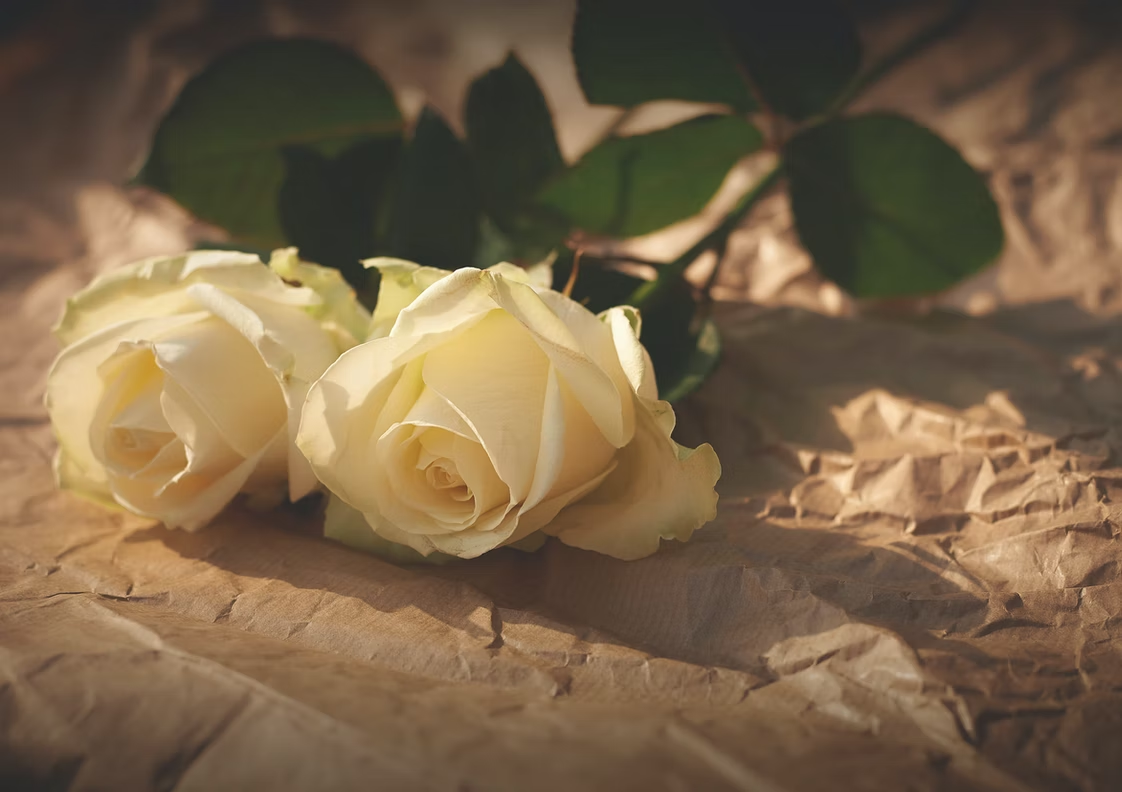-
Kevin
-
 July 12, 2024
July 12, 2024
-
 Common Questions
Common Questions
Purple is easily one of the most important colors in the world — historically, culturally, and religiously.
It’s a color that has maintained many different meanings ever since ancient times and has signified everything from royalty to pure extravagance. While some people may see and use the color purple as just another pigment, a wavelength of light, or their favorite color, the meaning of purple goes so much deeper than that.
This is everything you need to know about the meaning of the color purple over the centuries and its cultural significance.
Why Does Purple Equal Power?
The color purple is associated with royalty and nobility.
Purple dye and clothing are often used in the regal and majestic setting of a throne or a king or queen’s chambers. This is one reason why people associate purple with luxury — it’s often associated with wealth and extravagance.
The color purple also has associations with power and ambition. For example, ancient Roman emperors wore robes dyed in shades of violet to signify their leadership roles within society. Purple is often associated with royalty, nobility, luxury, power, and ambition.
Purple also represents meanings of wealth, extravagance, creativity, wisdom, and dignity as it is closely related to violet. In the Middle Ages, purple was constantly used to show the royalty’s power. Nowadays, people use purple to symbolize human rights.
In addition to this historical association between purple clothing and authority figures, there are also more recent examples, such as the purple robes worn by judges during trials.
Another example of modern uses of this color is by business executives who may wear ties that feature shades of violet instead of blue (which represents calmness), depending on which side they want their audience to perceive them as being on!
How Does Purple Make People Feel?
Purple combines the calm stability of blue and the fierce energy of red.
Blue is a color that symbolizes loyalty, trust, and calmness; red is a warm color that represents power, passion, and energy. Purple is a mix of these two qualities — it’s calming yet intense at the same time.
Because purple has both qualities (calmness and intensity), it can be used to balance out any type of mood you may have. If you’re feeling stressed or angry at work one day, try wearing purple clothes to bring some soothing peace back into your world.
Likewise, if you want to look confident but still relaxed when meeting new people for drinks after work on Friday night, wear purple!
The Different Shades of Purple
Cool-toned light purples include shades like eggplant, amethyst, magenta, or lavender, while warmer tones include berry purples like mulberry or thistle.
Dark purples like orchid, mauve, and lilac can be used as accents in rooms that are painted light shades of blue or green (or even white), with lighter shades adding an elegant touch to neutral décor schemes.
Purple as a Fashion Statement
When wearing purple, you’re making a bold statement that you are confident and creative. Purple is often associated with royalty and spirituality, which speaks to the power of this color. If you wear purple, others will notice and remember you for it.
Purple as Used by Artists
It’s no surprise that the color has been used by many artists such as Vincent Van Gogh, Pablo Picasso, and Georgia O’Keeffe. These artists were known for their creativity in their work, and they were able to create something truly unique while still staying true to themselves as individuals.
How Has Purple Been Used Through History?
The color purple has been used for centuries.
It was first discovered by ancient cultures in the Middle East. The purple dye has been made from the secretions of pomegranates, mollusks, snails, and shellfish, which means it’s a naturally occurring color. Purple dye was used to dye fabrics and even the robes of royals and monks.
Purple symbolizes power and luxury, making it an ideal choice for designer brands like Hermès or Louis Vuitton. This meaning also applies to other sources of wealth such as noble families and clergymen (i.e., purple bishops). The word magenta (which is a shade of purple) comes from the Greek word magnas, meaning greatness.
In Japanese culture, it’s said that purple represents harmony between heaven and earth. In western cultures, purple symbolizes kings and queens because it was worn by Roman emperors during special ceremonies such as coronations. The emperors wore robes made from Tyrian purple.
These robes were imported from Phoenicia (modern-day Lebanon) and from Egypt. These lands were known as a Phoenician territory or Phoenicia proper before being acquired by Alexander III the Great.
Why Does Purple Symbolize Bravery?
One of the most prestigious awards in the history of the U.S. military is the purple heart.
This is an award in purple shade given to soldiers who put their lives on the line and stand out from their comrades. Purple has long been a prestigious color, and this prestige still continues today.
Purple’s Spiritual Significance
Purple has also been associated with spiritual gemstones and uplifting spirits due to its powerful hue. Tints with the color purple had a massive impact on all kinds of cultures, ranging from Brazil to Thailand and even to old English civilizations.
A Final Word
The world of communication has changed dramatically in recent years. The internet, social media, smartphones, and video calls are things most people have access to. Because of this, it’s essential to stay on top of the latest communication trends and to take advantage of them when you can.
Education is a crucial component of speaking effectively, and we hope that The Word Counter can help you walk away with a sense of guidance and encouragement to improve your communication skills.
If you want to advance your skill and passion for communicating in the modern world, check out some of our latest blog articles! We’re constantly updating our website with new information just for you, just as a way to cultivate a powerful resource for all kinds of people.
Check out some of our latest articles right here!
Sources:
Purple Definition & Meaning | Dictionary.com




